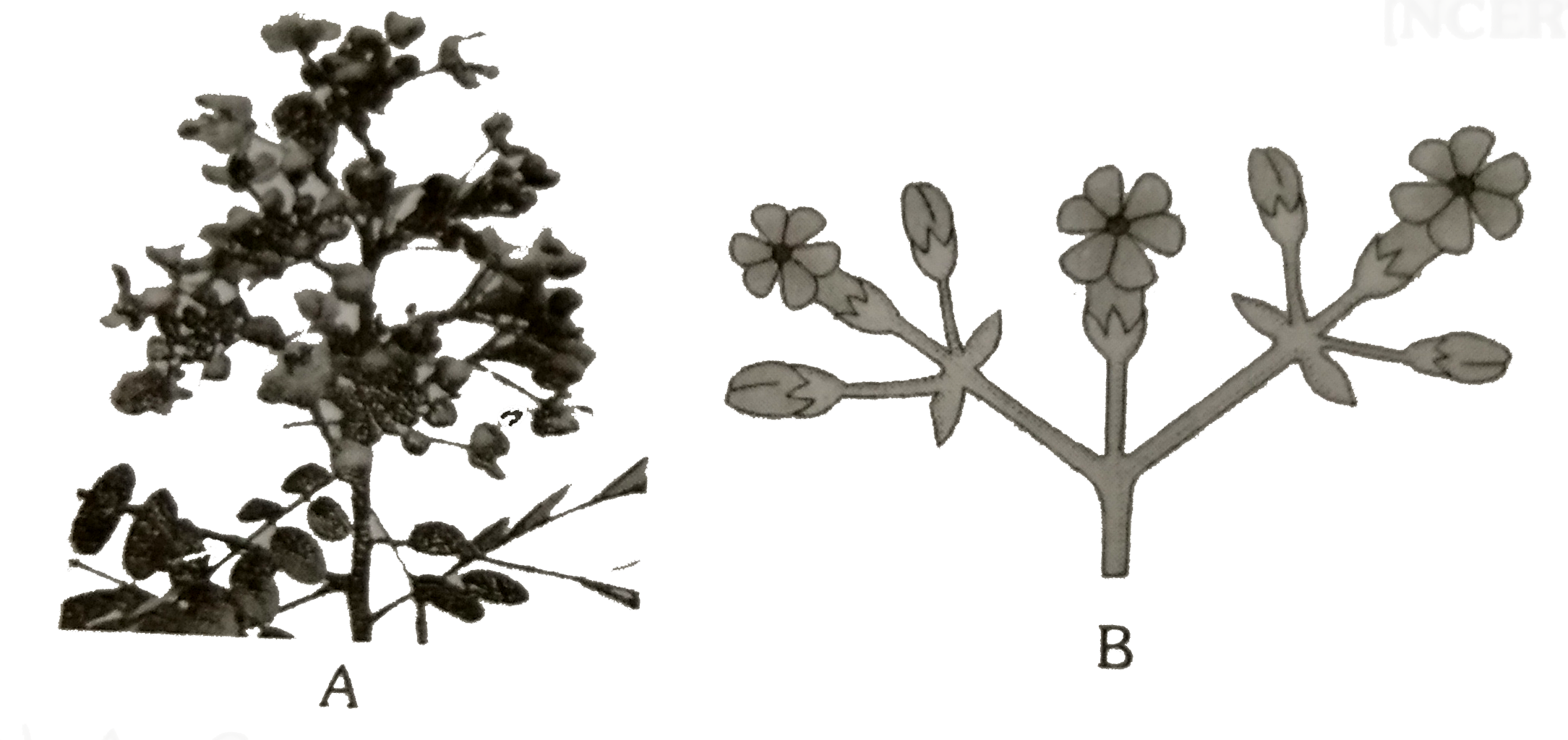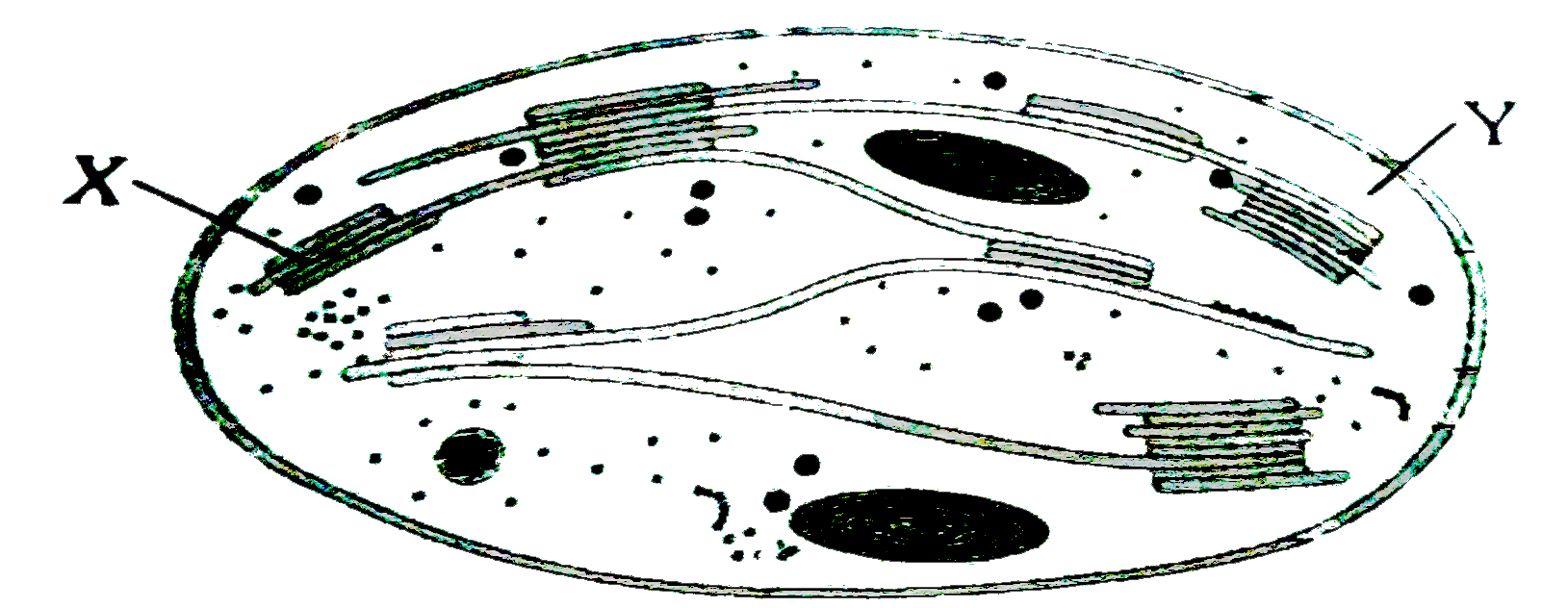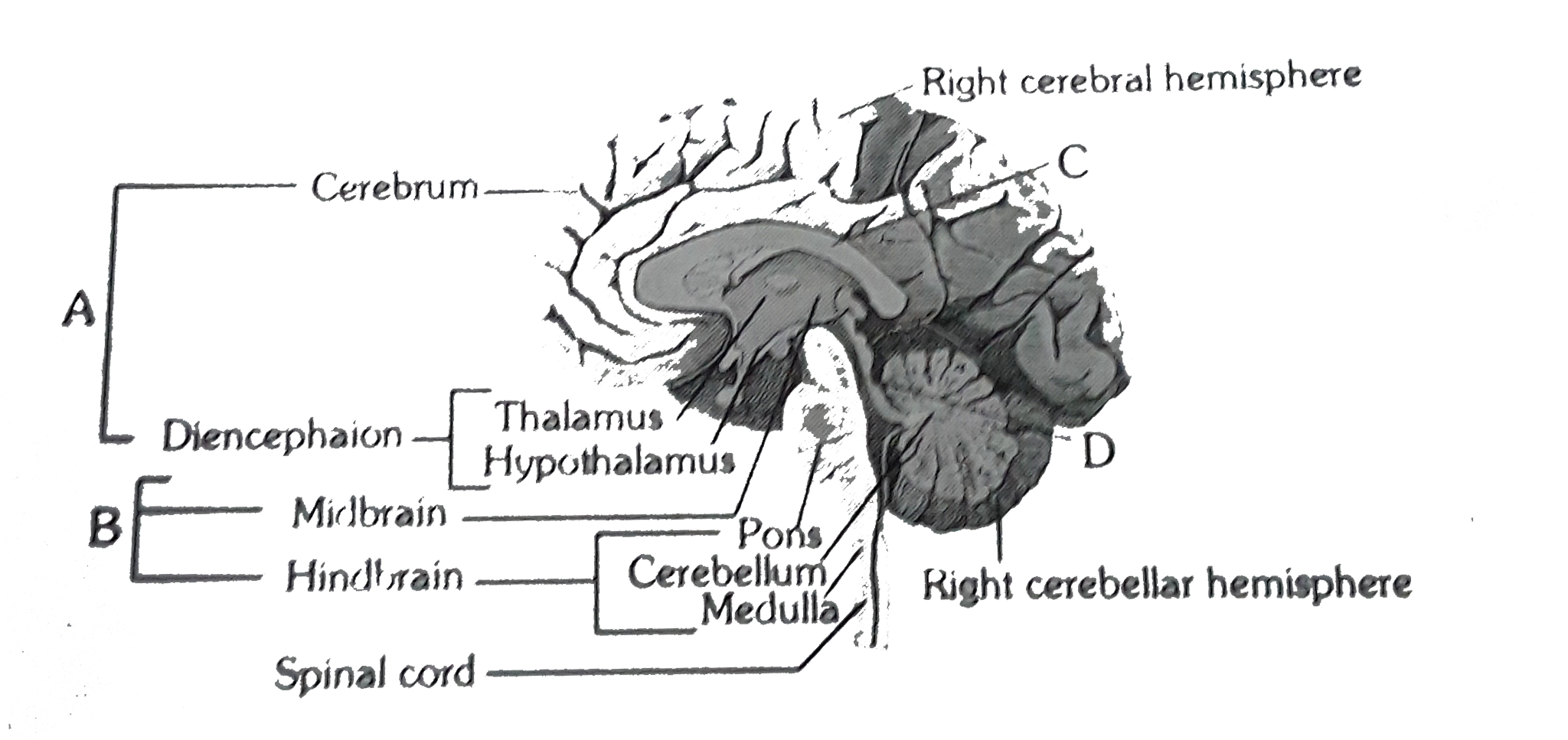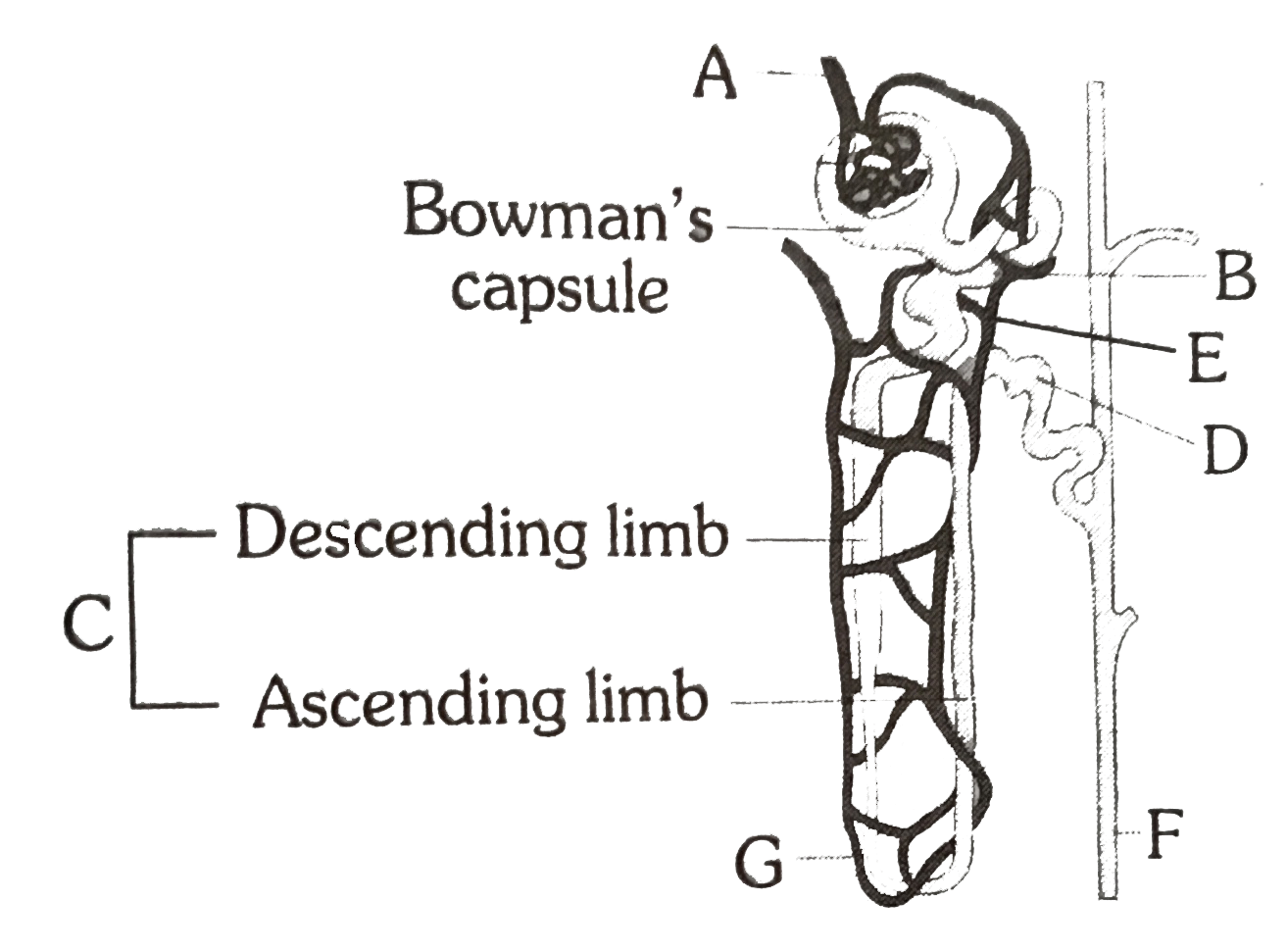See the folling diagrams and identify inflorescence A and B

A
A – Cymose, B – Cymose
B
A – Racemose, B – Racemose
C
A – Racemose, B – Cymose
D
A – Cymose, B – Racemose
Video Solution
Text Solution
The correct Answer is:C
A – Racemose (The terminal growing point of inflorescence axis continuous to grow indefinitely) B – Cymose (The terminal growing point of inflorescence axis always terminates into a flower.
|
Similar Questions
Knowledge Check
See the following figure and identify it
 A A B C DMetacentric chr.Submetacentr ic chr.Acrocentri c chr.Telocentric chr.B A B C DSubmetacentric chr.Metacentric chr.Telocentric chr.Acrocentric chr.C A B C DAcrocentric chr.Telocentric chr.Metacentri c chr.Submetacentric chr.D A B C DTelocentric chr.Acrocentric chr.Submetacentric chr.Metacentric chr.
A A B C DMetacentric chr.Submetacentr ic chr.Acrocentri c chr.Telocentric chr.B A B C DSubmetacentric chr.Metacentric chr.Telocentric chr.Acrocentric chr.C A B C DAcrocentric chr.Telocentric chr.Metacentri c chr.Submetacentric chr.D A B C DTelocentric chr.Acrocentric chr.Submetacentric chr.Metacentric chr.See the following animals and identify them
 ACalotes, psittaculaBTestudo, PavoCPavo, PsittiaculaDPsittacula, Pavo
ACalotes, psittaculaBTestudo, PavoCPavo, PsittiaculaDPsittacula, PavoSee the following diagram. Identify 1 to 8
 A1-Temporal bone, 2 -Malleus, 3 -Incus, 4 -Cochlea, 5 -Stapes, 6-Eustachian tube, 7-Tympanic membrane, 8 - External auditroy canalB1-Temporal bone, 2 -Incus, 3 -Malleus, 4 -Stapes, 5 -Cochlea, 6-Eustachian tube, 7-Tympanic membrane, 8 - External auditroy canalC1-Tympanic membrane, 2 -Malleus, 3 -Incus, 4 -Stapes, 5 -Cochlea, 6-Eustachian tube, 7-Tympanic membrane, 8 - External auditroy canalD1-Temporal bone, 2 -Malleus, 3 -Incus, 4 -Stapes, 5 -Cochlea, 6-Eustachian tube, 7-Tympanic membrane, 8 - External auditroy canal
A1-Temporal bone, 2 -Malleus, 3 -Incus, 4 -Cochlea, 5 -Stapes, 6-Eustachian tube, 7-Tympanic membrane, 8 - External auditroy canalB1-Temporal bone, 2 -Incus, 3 -Malleus, 4 -Stapes, 5 -Cochlea, 6-Eustachian tube, 7-Tympanic membrane, 8 - External auditroy canalC1-Tympanic membrane, 2 -Malleus, 3 -Incus, 4 -Stapes, 5 -Cochlea, 6-Eustachian tube, 7-Tympanic membrane, 8 - External auditroy canalD1-Temporal bone, 2 -Malleus, 3 -Incus, 4 -Stapes, 5 -Cochlea, 6-Eustachian tube, 7-Tympanic membrane, 8 - External auditroy canal
See the following figure and identify A to F

View SolutionSee the following diagram and identify x and y with their fuctions


View SolutionSee the following diagram and identify A, B, C and D

View SolutionSee the following diagram and identify A,B,C,D,E,F and G

View SolutionSee the following diagram and identify the process occurring in I, II and III

View Solution


